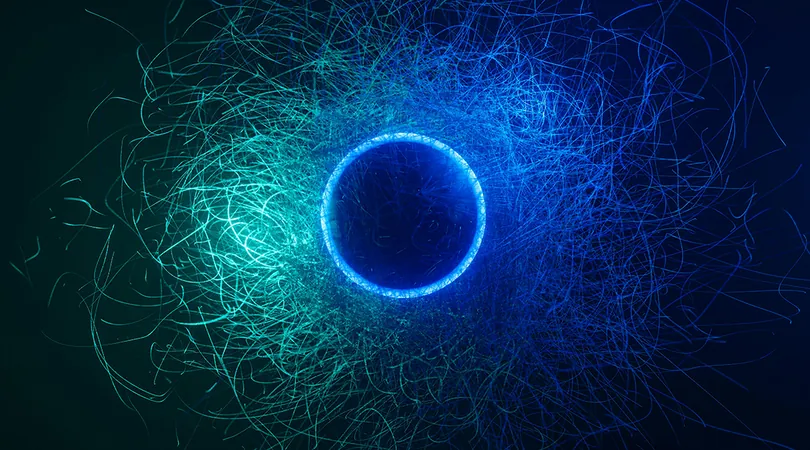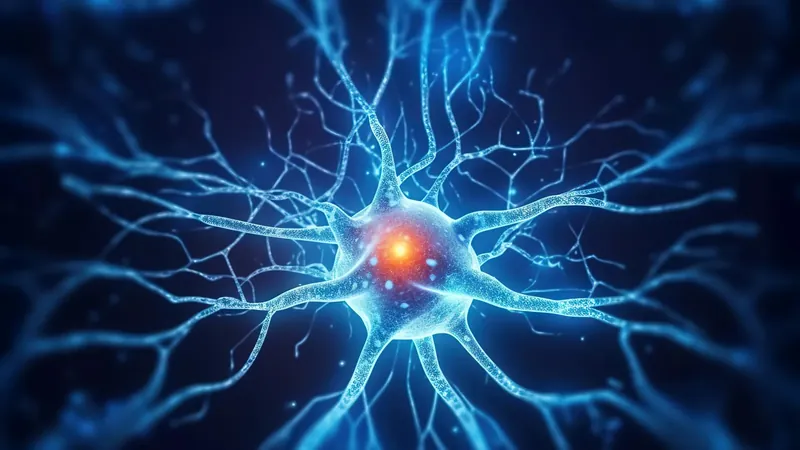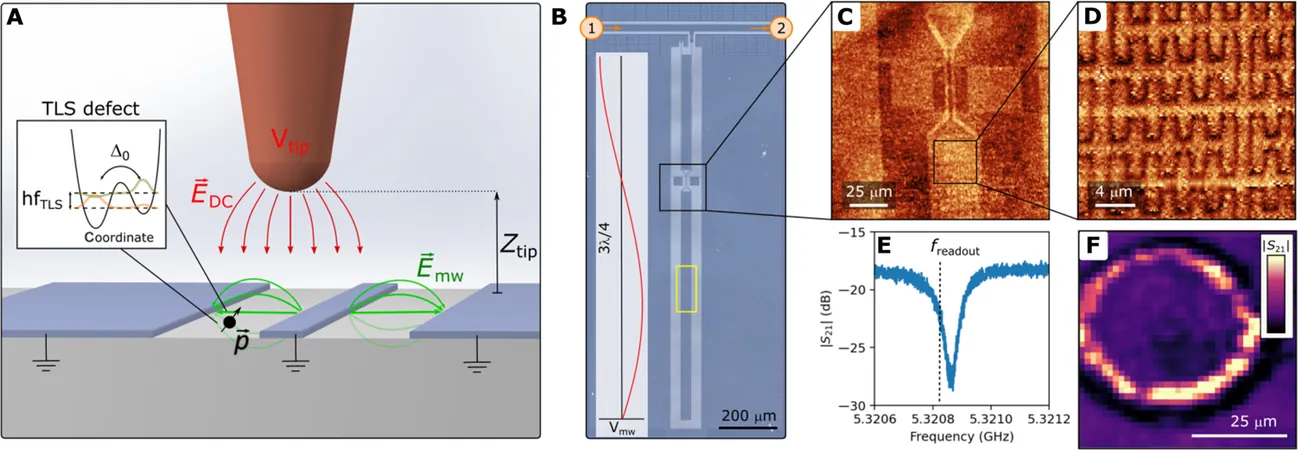
Understanding Tetraquarks: The Hidden World of Exotic Particles Unveiled
2025-01-02
Author: Sarah
Researchers Make Groundbreaking Advancements in Tetraquarks
Researchers have made groundbreaking advancements in the study of tetraquarks, a rare and fascinating type of particle that defies traditional physics paradigms. These exotic particles, with their complex compositions of four quarks, have long puzzled scientists striving to decode the mysteries of particle physics.
A recent study published in *Physical Review D* highlights the innovative methods employed by a team of physicists from China and Germany. By integrating advanced mathematical techniques with simplified models of particle interactions, they have made significant strides in understanding the inner structure and mass of tetraquarks.
What Exactly Are Tetraquarks?
Tetraquarks are not your average particles. Unlike conventional hadrons that are comprised of just two or three quarks—such as mesons (which have one quark and one antiquark) or baryons (which contain three quarks)—tetraquarks are formed from four quarks or antiquarks. Due to their exotic nature, tetraquarks provide essential insights into the fundamental forces that govern particle interactions, making them a vital area of research in modern physics.
The first recognized tetraquark, known as Zc(3900), made its debut in 2013 through independent observations from the BESIII experiment in China and the Belle experiment in Japan. This discovery affirmed theoretical predictions of tetraquarks, prompting a wave of experimental pursuits that led to the identification of various other tetraquark species.
Probing the Deep Structure of Tetraquarks
The newly developed simplified computational framework allows researchers to delve deeper into the tetraquark's structural complexity without being overwhelmed by the phenomena of virtual particle creation and annihilation common at the quantum level. This innovative approach helps predict tetraquark properties more manageably and aligns closely with experimental data.
In particular, the team focused on doubly heavy tetraquarks, which are made up of two heavy quarks (either charm or bottom) and have created a stir within the scientific community. The Tcc(3875)+ tetraquark, identified by the LHCb collaboration in 2021, exemplifies this new frontier. The researchers employed their model to analyze various tetraquarks, revealing unexpected structural features related to quark distributions and internal configurations.
A Bright Future for Experimental Physics
The researchers are brimming with optimism about the potential discovery of additional tetraquark states in the near future. Their work predicts the existence of tetraquarks like Tbc and Tbb—variations where one or two charm quarks are replaced by bottom quarks. They anticipate that ongoing advancements and data collection efforts at the Large Hadron Collider (LHC), especially during its third run expected to last through 2026, will profoundly expand our understanding of these exotic particles.
Beyond tetraquarks, there is a promising avenue for examining pentaquark (five quarks) and hexaquark (six quarks) systems as well. The researchers' theoretical framework can potentially be scaled to encompass these even more intricate structures, signifying immense possibilities for further exploration within particle physics.
Conclusion
In conclusion, as scientists continue to unravel the intricacies of tetraquarks, the implications for our understanding of the strong force, fundamental interactions, and the very fabric of matter are profound. Stay tuned as the world of particle physics evolves with more discoveries around the corner—could there be new particles waiting to be uncovered that will change everything we know?



 Brasil (PT)
Brasil (PT)
 Canada (EN)
Canada (EN)
 Chile (ES)
Chile (ES)
 Česko (CS)
Česko (CS)
 대한민국 (KO)
대한민국 (KO)
 España (ES)
España (ES)
 France (FR)
France (FR)
 Hong Kong (EN)
Hong Kong (EN)
 Italia (IT)
Italia (IT)
 日本 (JA)
日本 (JA)
 Magyarország (HU)
Magyarország (HU)
 Norge (NO)
Norge (NO)
 Polska (PL)
Polska (PL)
 Schweiz (DE)
Schweiz (DE)
 Singapore (EN)
Singapore (EN)
 Sverige (SV)
Sverige (SV)
 Suomi (FI)
Suomi (FI)
 Türkiye (TR)
Türkiye (TR)
 الإمارات العربية المتحدة (AR)
الإمارات العربية المتحدة (AR)